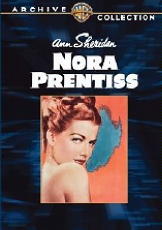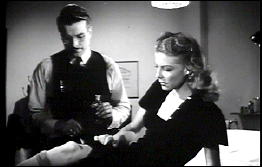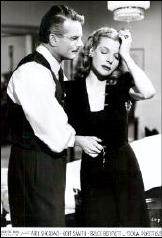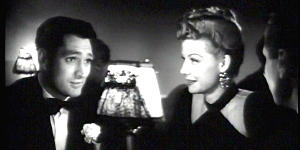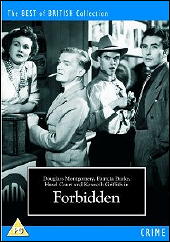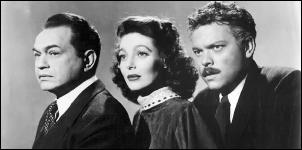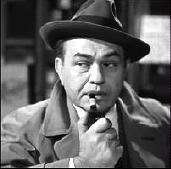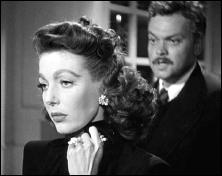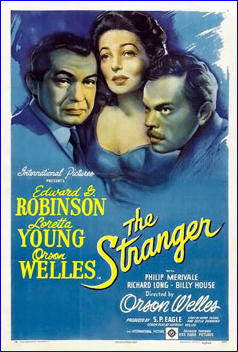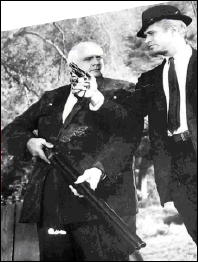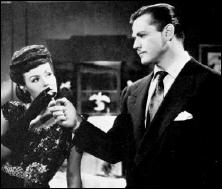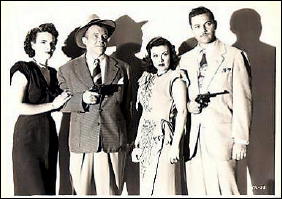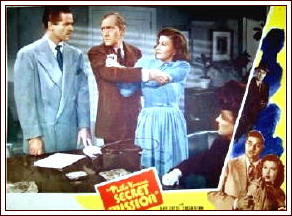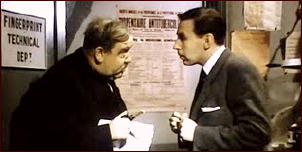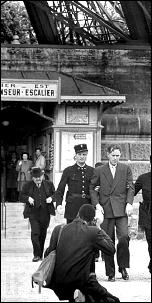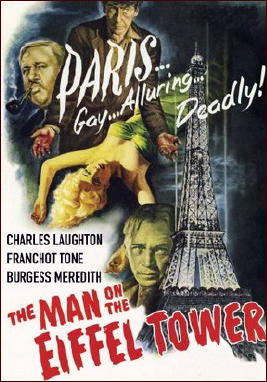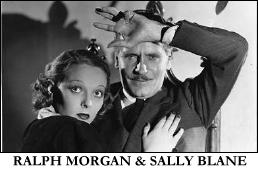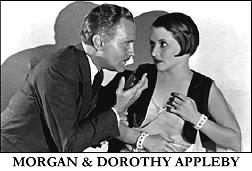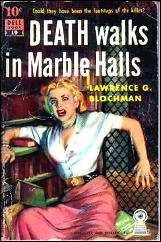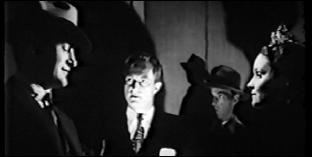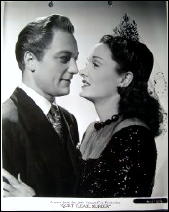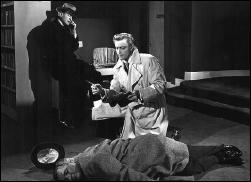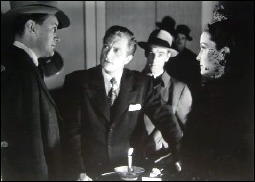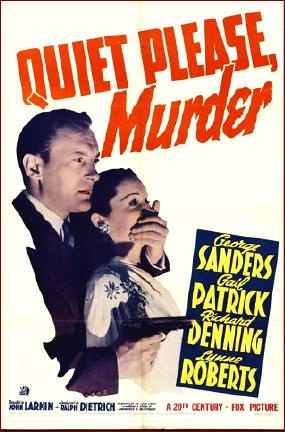Sun 2 May 2010
Archived Movie Review: KILL ME AGAIN (1989).
Posted by Steve under Mystery movies , Reviews[2] Comments
KILL ME AGAIN. 1989. Val Kilmer, Joanne Whalley-Kilmer, Michael Madsen. Director & co-screenwriter: John Dahl.
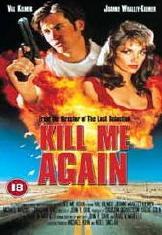
PI Jack Andrews is down on his luck, you might say. After the death of his wife a few years back, his life has gone downhill ever since. Right now a local Reno gambler has a couple of hoodlums on his neck, and Jack has no idea where he can raise $10,000 in three days.
Such is his life when the beautiful girl knocks on his office door. She has a proposition for him, she says. She’s in this terrible relationship with a man, and to get out from under, she wants Jack to help her fake her own murder. Jack demurs for a moment, but the sight of $5000, payment in advance, quickly changes his mind, and the deal is struck.
What Jack doesn’t know could kill him. Soon he not only has the two hoodlums on his heels, but the police, and the boy friend from whom the money came — and he’s not about to give it up easily — but also the mobsters from whom the boy friend stole the money, nearly $1,000,000 worth.
And they aren’t about to give it up easily, either. Double cross is soon followed by double and triple cross. Val Kilmer seems too boyish looking to be in such a game, sort of a Jack Tripper caught up in a Jim Thompson crime caper, if you see what I mean, but Joanne Whalley-Kilmer is a smoldering keg of sexual dynamite, and if it weren’t for her presence in the story, it’d have no place to go.
I wasn’t expecting too much from this movie — I watched it only because of the private eye connection — but once I started, I couldn’t turn it off. There were some minor gaps in the plot, so far as I could see, but it’s also as current an example of authentic “film noir” as I’ve seen in a while. And even if it strongly reminds you of something you’ve already seen before, it’s still a spine-tingling thriller.
Editorial Comment: As I was formatting this review in the process of getting it posted, it started to sound awfully familiar to me. You may not believe this, but when I reviewed it here on the blog in February of 2008, I’d completely forgotten I’d seen it before.
My comments back then, a couple of years ago, were a lot lengthier, so I was able to include a couple of scenes from the movie I didn’t have room for this time, but my opinion on the movie? Exactly the same.
And I’ll probably watch and review this same movie again in five or ten years. It’s my kind of movie. Don’t believe me? Stick around and find out.
